Working arrangements for locum doctors pose significant patient safety challenges, finds study
Powered by WPeMatico
Powered by WPeMatico
Powered by WPeMatico
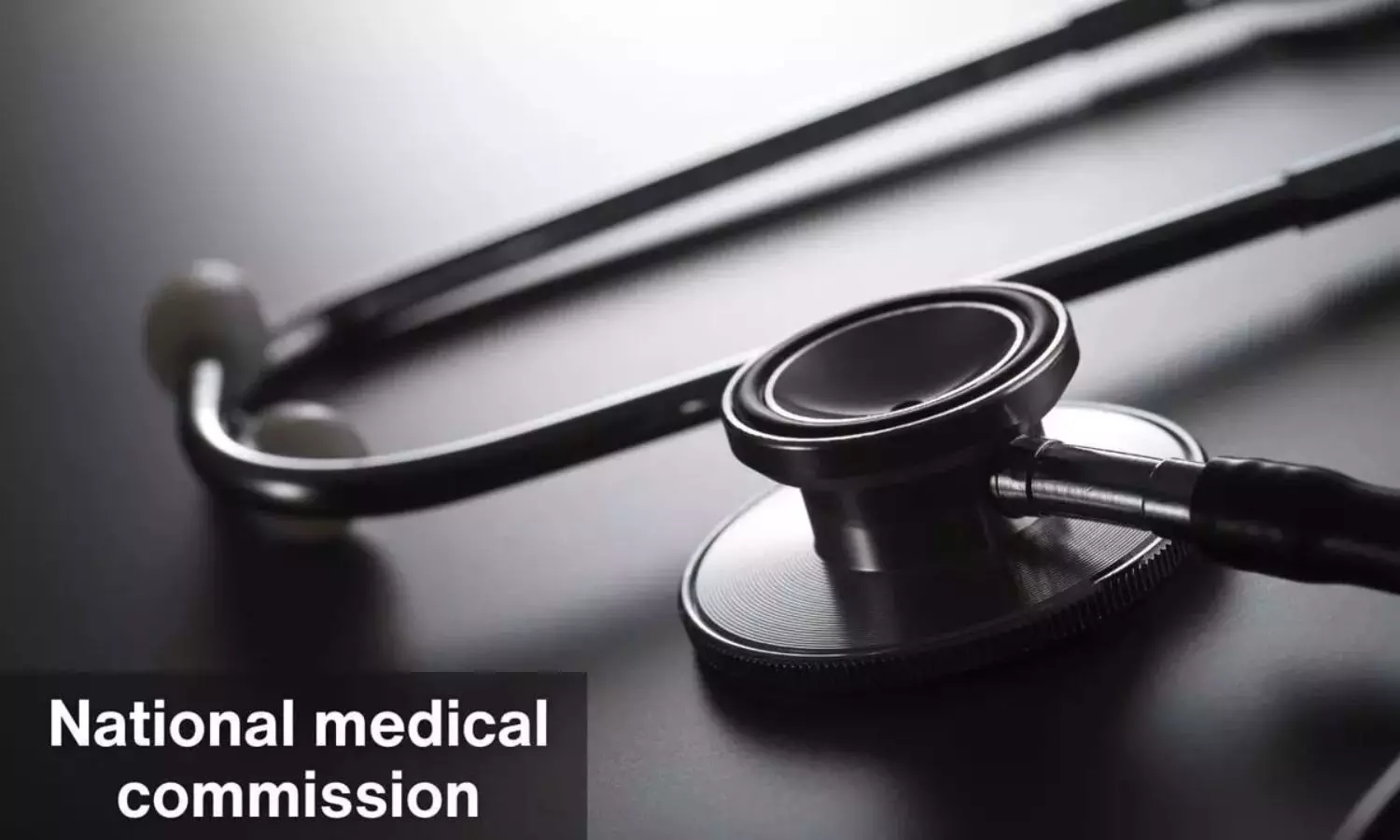
New Delhi: In compliance with the directions issued by the Supreme Court, asking for the details of the stipend paid to the MBBS interns and resident doctors, the National Medical Commission (NMC) has directed medical colleges across the country to submit the details by 23rd April 2024.
Issuing a public notice, the Apex medical education regulatory body has asked for the details of the stipend paid to their UG Interns, Post-Graduate Residents, and Senior Residents or PGs in Super Specialty for the financial year 2023-24 as per the annexure provided with the notice.
The medical colleges will have to submit the details of their name and address, the amount of stipend paid by the State Government, and the month-wise details of the stipend paid to the MBBS interns, 1st/2nd/3rd-year Post-Graduate Residents, and 1st/2nd/3rd-year Senior Residents or PGs in Super Specialty for the academic year 2023-2024.
“Hon’ble Supreme Court of India in the WP (Civil) No. 730/2022 & other cases vide their orders dt. 16.09.2023 and 01.04.2024 has directed NMC to submit the details of stipends paid to the Medical interns and residents and accordingly, all the Health Institutions / Medical colleges are hereby directed to submit to NMC the details of stipend paid to their UG Interns, Post-Graduate Residents and Senior Residents or PGs in Super Specialty for the financial year 2023-24 as per Annexure 1 on E-mail ID:- stipend23- 24@nmc.org.in by 23.04.2024 positively,” NMC mentioned in the notice dated 16.04.2024.
NMC has provided a similar annexure for the details of the stipend paid to medical students for the academic year 2024-2025. However, in this regard, NMC mentioned, “Further for financial year 2024-25 onwards these details should be uploaded on the website of the Medical College / Medical Institutions concerned and required to be updated on monthly basis (by 5th of every month thereafter) as per the Annexure 2 and at the end of each financial year the complete statement be submitted to NMC on E-mail ID:- stipend24-25@nmc.org.in.”
The NMC directions come after the Supreme Court order in this matter. Medical Dialogues had earlier reported that the Apex Court was considering the issue of non-payment of stipends to the MBBS interns across the country. The top court bench had directed NMC to submit the details of the stipend paid to MBBS interns in all the medical colleges across all the States within four weeks.
During the last hearing of the case, the Supreme Court referred to its earlier order dated 15.09.2023, through which NMC was told to respond to the claim by filing an affidavit giving a tabulated chart of colleges that were paying the stipend to the interns and which were not paying.
Noting that the details submitted by NMC were not of all the medical colleges across all the States, the Apex Court bench comprising Justices Sudhanshhu Dhulia and Prasanna Bhalachandra Varale ordered on April 01, 2024, “The details which have been given by the National Medical Commission is not of the entire medical colleges in the States and therefore, the direction given by this Court in its order dated 15.09.2023 at para 10 had not been complied with. Let the same be done positively within a period of four weeks from today.”
To view the NMC notice, click on the link below:
Powered by WPeMatico
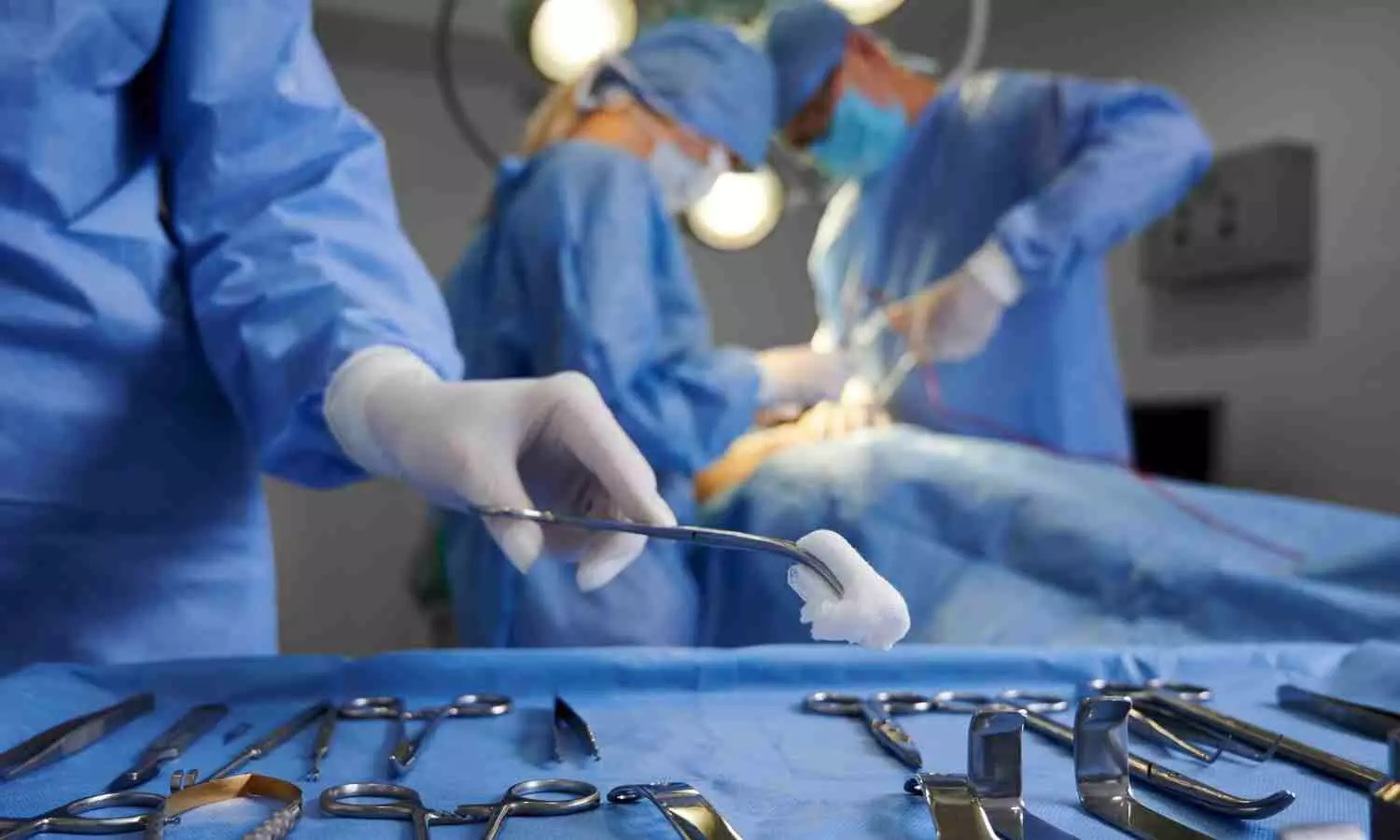
Berhampur: Doctors at the government-run MKCG Medical College and Hospital recently achieved a milestone by performing a laparoscopic bilateral adrenalectomy on a 9-year-old girl suffering from Cushing syndrome, an exceptionally rare condition. This marked the first instance of such a procedure in the state.
Cushing syndrome is caused due to a rare genetic disease called primary pigmented nodular adrenocortical disease (PPNAD), an extremely rare disorder with a prevalence of less than one in two lakh. The doctors took around three hours to perform the laparoscopic on April 9, said a doctor.
According to a PTI report, “This might be the first case in the state and our doctors successfully treated the girl. The condition of the girl is now good and will be in the hospital for some days for observation,” said Suchitra Dash, superintendent of the medical college and hospital.
Also Read:Odisha Govt to set up 11 cancer care units, Rs 1001 crore boost for cancer care
The medical college’s principal, Santosh Kumar Mishra, and superintendent extended their gratitude to the dedicated team of doctors who tackled this challenging procedure.
Cushing syndrome manifests with small to normal-sized adrenal glands containing multiple pigmented nodules, leading to excessive cortisol hormone secretion from both glands. Left untreated, it can precipitate severe cardiac complications, strokes, and premature mortality.
The prescribed treatment involves the removal of both adrenal glands, followed by lifelong steroid supplementation at low doses, as elucidated by Professor P. Ravi Kumar from the endocrinology department.
This was a very challenging operation performed by a team of doctors consisting of paediatric surgeons, urologists, anaesthesia, and paediatrics departments.
Besides, parent department endocrinology provided support for steroids throughout the surgery, said Manas Ranjan Dash, associate professor, of paediatrics surgery, who led the team, news agency PTI reported.
Ravi Kumar said the patient from Khandadeuli village in Ganjam district was admitted to the endocrinology department on April 4. She was suffering from excessive weight, acne and high blood pressure. After thoroughly investigating, she was diagnosed to be a case of Cushing syndrome, he said.
Powered by WPeMatico
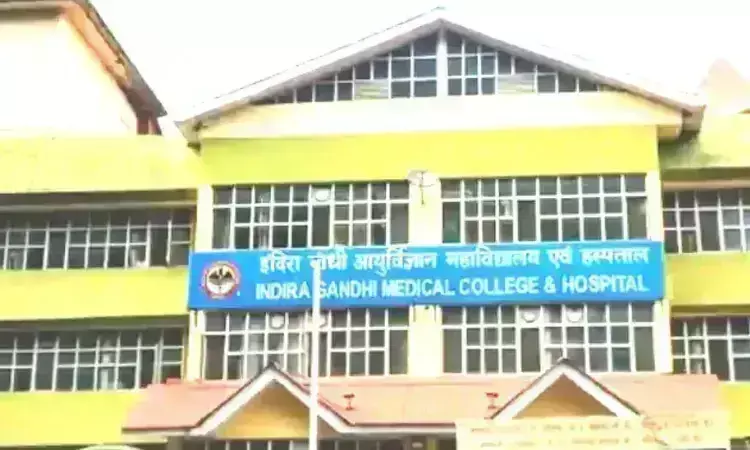
Shimla: Himcare and Ayushman cardholders are facing difficulties obtaining essential medicines at the Indira Gandhi Medical College and Hospital’s (IGMC) Jan Aushadhi store, where they are entitled to receive them free of cost.
Sources reveal that the outstanding payments under these schemes at IGMC have soared to over Rs 65 crore, contributing to a cumulative debt of approximately Rs 300 crore statewide.
Furthermore, certain departments have ceased providing free surgeries to cardholders, creating a need to purchase costly equipment such as stents and pacemakers. Patients availing treatment under the Himcare and Ayushman health schemes at the Indira Gandhi Medical College (IGMC) and Hospital, Shimla, find themselves in a predicament as pending payments under these schemes lead to disruptions in services, reports the Daily.
The repercussions of these payment delays extend beyond the medical institution, affecting drug distributors who have suspended supplies to the hospital’s Jan Aushadhi store due to unpaid dues. Consequently, patients are compelled to procure medicines not available at the Jan Aushadhi store from the open market at full price. Anuj Jain, secretary of the Shimla Chemists and Druggists Association, expressed disappointment over the prolonged non-payment, stating that their dues have remained outstanding for nearly a year. Despite their efforts to sustain supplies, they were compelled to halt operations.
“Our payments have not been released for almost a year now. We kept supplying medicines for as long as we could but eventually, we had to stop it about a month back. The companies are not supplying medicines without the payment now,” he told The Tribune. “We have been assured by the hospital administration that payments will be released by April 15,” he added.
Rajeev Saizal, the former Health Minister has alleged that the pending payments might indicate the government’s reluctance in continuing these schemes. “The suppliers have stopped the delivery of medicine and equipment. As a result, several departments have stopped the free-of-cost surgeries,” he added. Acknowledging the severity of the situation, an official from the state health authority affirmed that they are actively engaging with the government to address the issue of payment delays.
Also Read: PGI Chandigarh, HIMCARE join hands for cashless treatment
Powered by WPeMatico
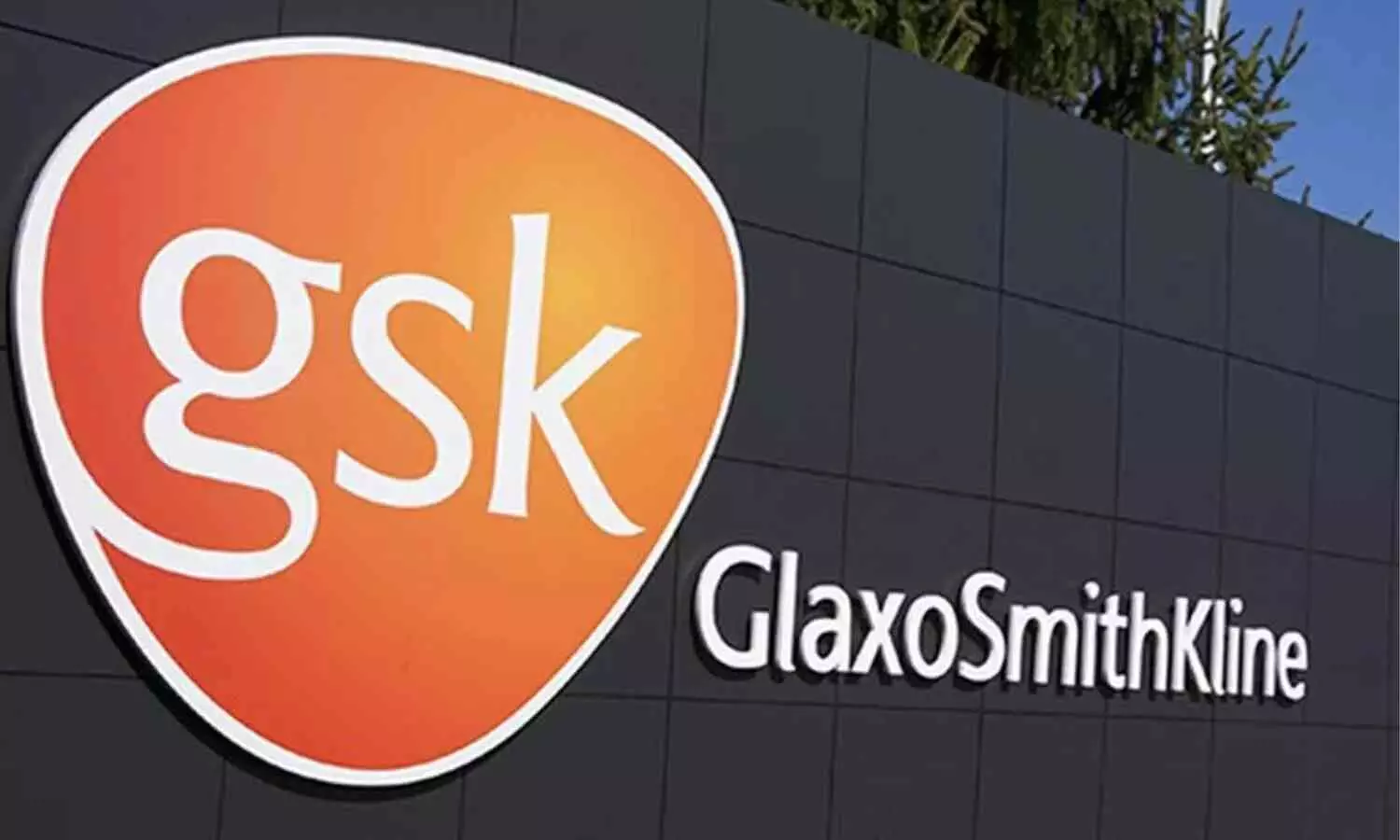
London: GSK plc has announced that the US Food and Drug Administration (FDA) has accepted for review a Biologics License Application (BLA) for its 5-in-1 meningococcal ABCWY (MenABCWY) vaccine candidate. The Prescription Drug User Fee Act (PDUFA) action date for a regulatory decision by the US FDA on this application is 14 February 2025.
GSK’s 5-in-1 MenABCWY vaccine candidate combines the antigenic components of its two well-established meningococcal vaccines with demonstrated efficacy and safety profiles, Bexsero (Meningococcal Group B Vaccine) and Menveo (Meningococcal [Groups A, C, Y, and W-135] Oligosaccharide Diphtheria CRM197 Conjugate Vaccine). The MenABCWY combination will target the five groups of the bacteria Neisseria meningitidis (Men A, B, C, W and Y) that cause most invasive meningococcal disease (IMD) cases globally.
According to the Company, combining the protection offered by these vaccines into fewer shots aims to reduce the number of injections, simplifying immunisation. This can help increase series completion and vaccination coverage and help reduce the overall burden of IMD, with unvaccinated adolescents being at particular risk of infection and potential outbreaks.
IMD is an unpredictable but serious illness that can cause life-threatening complications. Despite treatment, among those who contract IMD one in six will die, sometimes in as little as 24 hours. One in five survivors may suffer long-term consequences such as brain damage, amputations, hearing loss and nervous system problems. Although anyone can get IMD, those who are in their late teens and early adulthood are amongst the groups at higher risk of contracting it.
In the US, while meningococcal vaccine recommendations for all five serogroups have been in place since 2015, annual immunisation rates for IMD have remained low overall, due in part to a complex schedule. MenB is the most common group of IMD-causing bacteria in US adolescents and young adults, accounting for more than half of the IMD cases among this age group in the US from 2017-2021. For protection against MenB, which is subject to the shared clinical decision-making recommendation of the CDC, just under 12% of US adolescents have had the two required doses.
In the phase III trial , all primary endpoints were achieved for the MenABCWY vaccine candidate, including immunological non-inferiority to one dose of GSK’s Meningococcal Groups A,C,Y and W Vaccine, and non-inferior immune responses against 110 diverse MenB invasive strains (representing 95% of MenB strains circulating in the US) as compared to two doses of GSK’s Meningococcal Group B Vaccine. The vaccine was well tolerated with a safety profile consistent with both vaccines.
Powered by WPeMatico
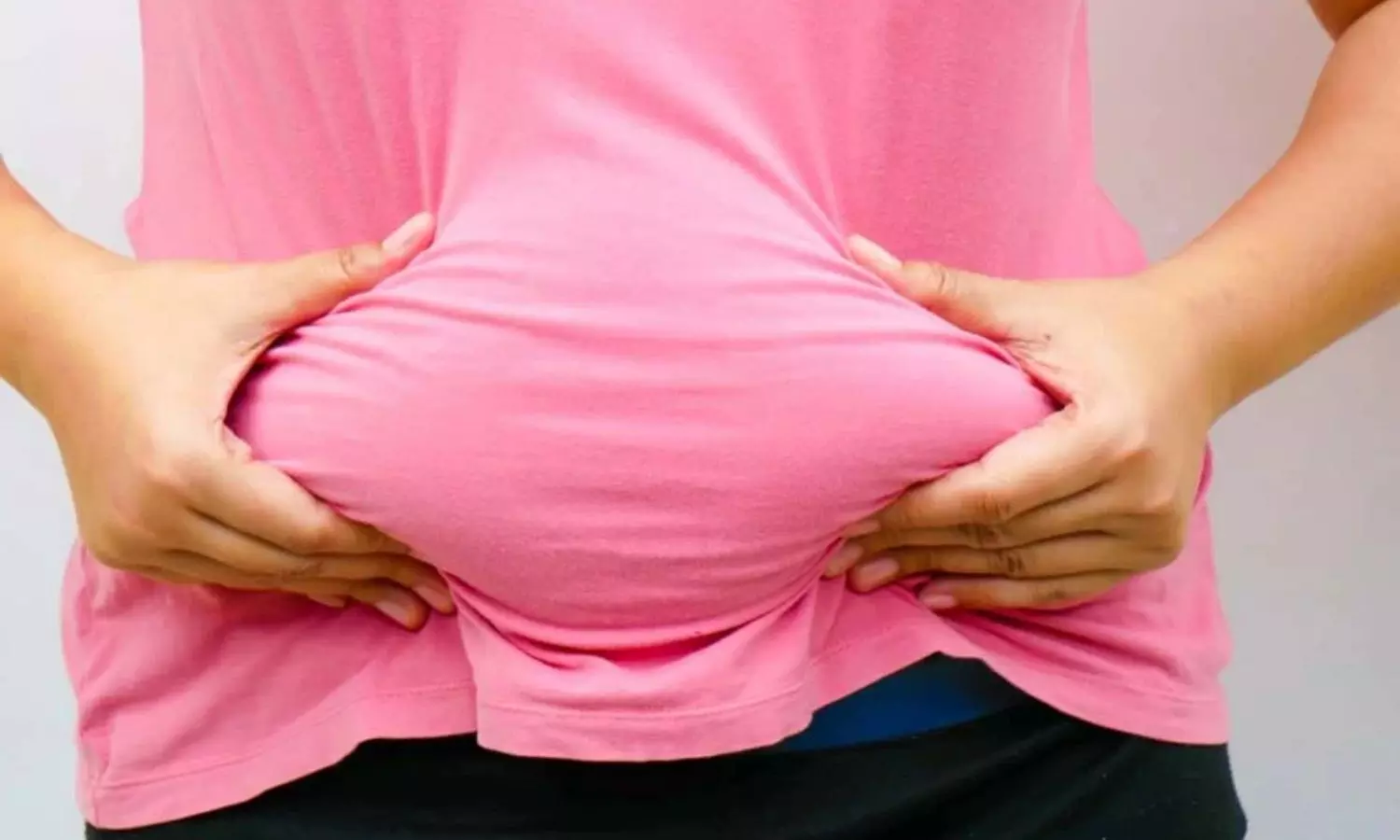
China: Arm fat and trunk fat are positively associated with the risk of cardiovascular disease (CVD) and mortality among people with type 2 diabetes (T2D), a recent study has revealed. However, leg fat was shown to be inversely associated with the risk of CVD and mortality.
The findings, published in The Journal of Clinical Endocrinology & Metabolism highlight the importance of considering body fat amount and location for CVD and mortality risk assessment among individuals with T2D.
The intricate relationship between body fat distribution and health outcomes has been the subject of considerable research, particularly in individuals with type 2 diabetes. Recent studies have delved into the associations of regional body fat with the risk of CVD and mortality in this population, shedding light on crucial aspects of diabetes management and prevention strategies.
One of the focal points of investigation has been adipose tissue distribution, particularly visceral fat versus subcutaneous fat. Visceral fat, located around internal organs, has been implicated in metabolic disturbances, insulin resistance, and a higher risk of CVD events. Subcutaneous fat, found beneath the skin, has traditionally been considered less harmful. However, emerging evidence suggests that its distribution and characteristics also play a significant role in cardiometabolic health.
Against the above background, Gang Liu, Huazhong University of Science and Technology, Wuhan, China, and colleagues aimed to prospectively examine the association between regional body fat and CVD risk in individuals with type 2 diabetes, who often exhibit changes in relative fat distribution and have increased CVD risk.
The main analysis comprised 21,472 participants with T2D from the UK Biobank. Regional body fat was measured by bioelectric impedance assessment. Cox proportional hazard regression models were used to estimate hazard ratios (HRs).
The study led to the following findings:
In conclusion, higher levels of arm and trunk fat were linked to greater CVD and mortality risks for people with T2D. In contrast, higher levels of leg fat were associated with reduced CV and mortality risks.
Reference:
Qiu, Z., Lee, D. H., Lu, Q., Li, R., Zhu, K., Li, L., Li, R., Pan, A., Giovannucci, E. L., & Liu, G. Associations of Regional Body Fat with Risk of Cardiovascular Disease and Mortality among Individuals with Type 2 Diabetes. The Journal of Clinical Endocrinology & Metabolism. https://doi.org/10.1210/clinem/dgae192
Powered by WPeMatico

Pregnant individuals often struggle to obtain adequate iron and vitamin D due to factors such as limited food access, nutrient bioavailability, dietary restrictions, location or seasonality, and medical conditions. These micronutrients are crucial for optimal fetal development and maternal health. Iron deficiency affects 20% of pregnancies globally, while the global prevalence of vitamin D sufficiency is unclear.
Powered by WPeMatico

Ascending- descending ultrafiltration may help stabilise blood pressure levels among hemodialysis patients, suggests study published in the BMC Nephrology.
Considering no previous research into the utilization of ascending/descending ultrafiltration and linear sodium profiles in improving blood pressure among hemodialysis patients, the present study aimed to explore the effect of the A/D-UF along with linear sodium profiles on HD patients with hypotension. Applying a crossover design, this clinical trial was fulfilled between December 2022 and June 2023 on 20 patients undergoing HD, randomized into two groups, each one receiving two intervention protocols, viz., (a) an intervention protocol in which the liquid sodium in the dialysis solution was linear and the UF profiling was A/D, and (b) a routine protocol or HD, wherein both liquid sodium and UF in the dialysis solution remained constant. The HD patients’ BP was then checked and recorded at six intervals, namely, before HD, one, two, three, and four hours after it, and following its completion, within each session. The data were further statistically analyzed using the IBM SPSS Statistics 20 and the related tests.
Results: In total, 20 patients, including 12 men (60%) and 8 women (40%), with the mean age of 58.00 ± 14.54 on HD for an average of 54 months, were recruited in this study. No statistically significant difference was observed in the mean systolic and diastolic BP levels in the group receiving the A/D-UF profile all through the desired hours (p > 0.05), indicating that the patients did not face many changes in these two numbers during HD. Our cross-over clinical trial demonstrated a statistically significant reduction in symptomatic IDH episodes from 55 to 15% with the application of the A/D-UF profile (p < 0.05). The study demonstrated that the A/D-UF profile could contribute to the stability of blood pressure levels among HD patients, with no significant fluctuations observed during treatment sessions.
Reference:
Arasnezhad, M., Namazinia, M., Mazlum, S.R. et al. The effect of ascending- descending ultrafiltration and sodium profiles on blood pressure in hemodialysis patients: a randomized cross-over study. BMC Nephrol 25, 128 (2024). https://doi.org/10.1186/s12882-024-03554-6
Powered by WPeMatico
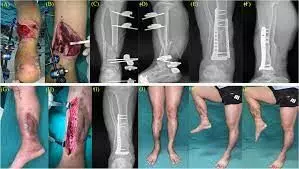
Masquelet technique and double plate fixation combo effectively treats large segmental bone defects of the distal tibia suggests a study published in the BMC Surgery.
There is no effective consensus on the choice of internal fixation method for the Masquelet technique in the treatment of large segmental bone defects of the distal tibia. Thus, the study aimed to investigate the outcomes of the Masquelet technique combined with double plate fixation in the treatment of large segmental bone defects. This was a retrospective study involving 21 patients with large segmental bone defects of the distal tibia who were treated between June 2017 and June 2020. The length of bone defect ranged from 6.0 cm to 11 cm (mean, 8.19 cm). In the first stage of treatment, following complete debridement, a cement spacer was placed to induce membrane formation. In the second stage, double plate fixation and autologous cancellous bone grafting were employed for bone reconstruction. Each patient’s full weight-bearing time, bone healing time, and Iowa ankle score were recorded, and the occurrence of any complications was noted.
Results: All patients were followed up for 16 to 26 months (mean, 19.48 months). The group mean full weight-bearing time and bone healing time after bone grafting were 2.41 (± 0.37) months and 6.29 (± 0.66) months, respectively. During the treatment, one patient had a wound infection on the medial side of the leg, so the medial plate was removed. The wound completely healed after debridement without any recurrence. After extraction of iliac bone for grafting, one patient had a severe iliac bone defect, which was managed by filling the gap with a cement spacer. Most patients reported mild pain in the left bone extraction area after surgery. The postoperative Iowa ankle score range was 84–94 (P < 0.05). In this cohort, 15 cases were rated as “excellent”, and 6 cases as “good” on the Iowa ankle scoring system. The Masquelet technique combined with double plate fixation is a safe and effective method for the treatment of large segmental bone defects of the distal tibia.
Reference:
Wang, Z., Zou, C., Zhan, X. et al. Application of double plate fixation combined with Masquelet technique for large segmental bone defects of distal tibia: a retrospective study and literature review. BMC Surg 24, 103 (2024). https://doi.org/10.1186/s12893-024-02396-1
Powered by WPeMatico
